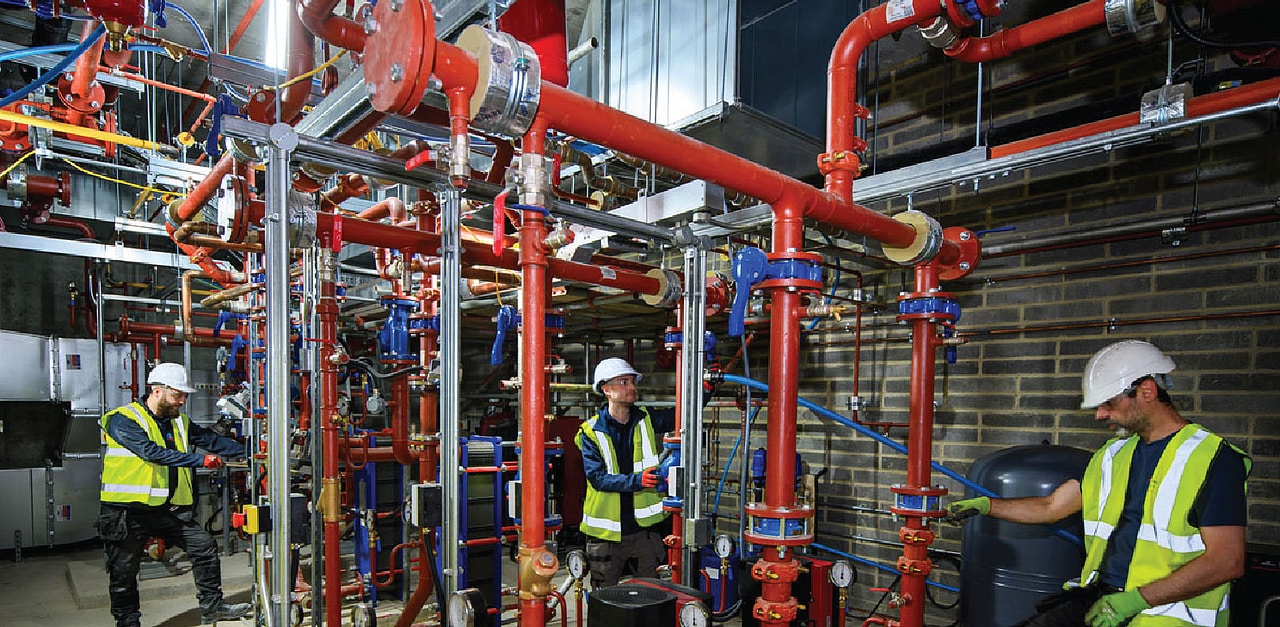Around the world, construction companies are facing a shortage of heavy equipment operators and with increased global infrastructure spending, more and more OEMs are looking to autonomous construction equipment to fill in the gaps. Autonomous site vehicles are equipped with GPS sensors and programmed to respond to AI algorithms, enabling them to operate in complex construction environments with minimal human intervention.
Automated equipment is revolutionising how construction tasks are performed onsite, improving the efficiency and productivity of a worksite. The Association of Equipment Manufacturers (AEM) has reported that when operating equipment with machine control, some construction companies have seen productivity improve by 30-50%. Self-driving trucks transport materials across sites, optimising logistics and reducing delays. Autonomous excavators and bulldozers can perform excavation, grading, and site preparation tasks around the clock, improving project speed and reducing labour costs.
Worker safety is one of the top priorities in construction and the use of automated equipment can enhance safety measures. Robotics and automation minimise human exposure to hazardous tasks and environments, directly reducing accident rates. Wearable technology and sensors help monitor workers’ health and safety in real time, preventing potential accidents and injuries. The most common cause of worker fatality is vehicle incidents, while other causes include roll-over of non-road vehicles, and being trapped by machinery or other mechanisms. Therefore, any automation that can reduce human proximity and operational error can have a huge impact on reducing the number of tragic incidents that occur onsite. It would also benefit human operators if automated machines took on more mundane tasks while operators handled value-added jobs. More automation might also help reduce fatigue and stress on human operators, resulting in improved safety. Instead of travelling away from home for weeks at a time, an operator might transition to a different role managing equipment remotely.
The initial investment in automation technology is offset by considerable cost savings over time as automated equipment reduces the reliance on manual labour. Using autonomous machinery equipped with sensors, 3D laser scans or aerial maps can assess the ongoing work against digital models, tracking progress in real-time. This also helps to flag the need for potential adjustments immediately, reducing the need for corrections later on. This precision results in fewer errors and reworks, saving materials and further reducing expenses.
However, autonomous off-highway vehicles come with challenges when it comes to implementing them somewhere like a construction site. Automation relies on accurate, timely, and comprehensive data to perform tasks and make decisions but when data quality or availability varies, it can lead to potential errors or inefficiencies. Automation also depends on secure, reliable connectivity and interoperability among various technologies and stakeholders. Connectivity can be affected by environmental factors such as weather, terrain, or interference, while interoperability can be hindered by technical or regulatory barriers. Technical limitations and failures can compromise the performance, quality and safety of construction projects. Automated systems can malfunction or break down due to hardware or software issues, such as bugs or cyberattacks, requiring maintenance or repair.
To overcome challenges and see the benefits of autonomous off-highway vehicles at construction sites such as increased operator safety and satisfaction, project and industry leaders need to invest in research and development, while properly engaging with both stakeholders and regulators. To discuss the future of autonomous off-highway vehicles at worksites and the construction field, attend the DZOM EXPO, taking place at the Donald E. Stephens Convention Centre in Chicago, IL, on December 3–4, 2024.
For more information, visit our website or email us at info@innovatrix.eu for the event agenda.













